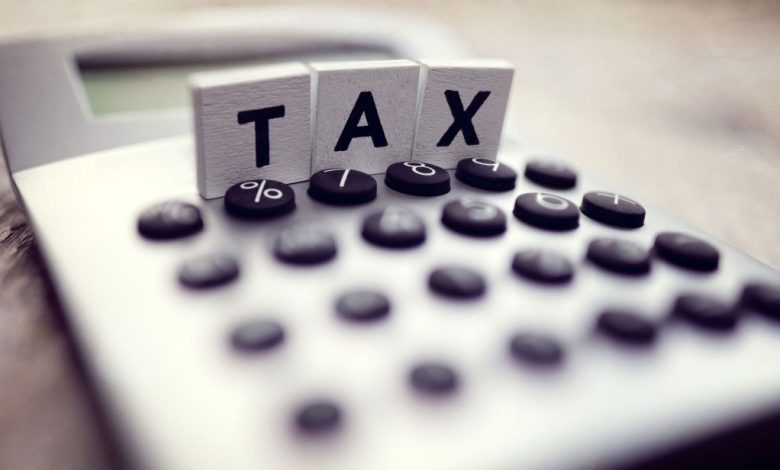
What is Proportional Tax
A proportional tax is an income tax system in which everyone, irrespective of income level, pays the same percentage tax. A proportional tax applies equally to taxpayers with low, middle, and high incomes. ‘Flat taxes’ is another term used to describe ‘proportional taxes.’
A progressive tax or marginal tax system, on the other hand, adjusts tax rates progressively based on income. Low-income earners pay less tax than high-income earners.
Key Takeaways
- A proportional tax system, also known as a flat tax system, applies the same tax rate to all taxpayers, regardless of their income or wealth.
- The goal of proportional taxation is to achieve greater parity between marginal and average tax rates.
- Because there is no tax penalty for earning more, proponents of proportional taxes believe they stimulate the economy by encouraging people to spend more and work more.
Understanding Proportional Taxation
People can be taxed at the same percentage of their annual income under a proportional tax. Proponents of a proportional tax system argue that it encourages taxpayers to earn more because they are not penalized with a higher tax bracket. Furthermore, flat tax systems make filing simpler. Flat-tax opponents argue that the system unfairly burdens low-wage earners in exchange for lower tax rates on the wealthy. However, some critics believe that a progressive tax system is more equitable than a flat tax system.
A sales tax can be considered a type of proportional tax in some cases because all consumers, regardless of income, are required to pay the same fixed rate. The sales tax rate applies to both goods and services, and the purchaser’s income is not factored in. Poll taxes and the capped portion of the Federal Insurance Contributions Act (FICA) payroll deductions are two other examples.
Fast Fact
Russia is the world’s largest user of a flat tax. Earnings in Russia are taxed at a flat rate of 13%. Russia implemented progressive taxation on January 1, 2021. Russians earning more than 5 million rubles ($73,000) per year will be taxed at a rate of 15% on all income above that threshold.
Read More: Seo Interview Questions for Freshers and Experienced Candidates
Example of Proportional Taxes
All taxpayers in a proportional tax system are required to pay the same proportion of income in taxes. For instance, if the rate is set at 20%, a taxpayer earning $10,000 will pay $2,000. While a taxpayer earning $50,000 will pay $10,000. Similarly, a millionaire would have to pay $200,000 in taxes.
Another example of Proportional Tax:
The sales tax in the United States is an example of a proportional tax. Except for several states that levy no sales tax at all, all consumers are charged the same fixed tax rate (typically between 2.9 percent and 7.25 percent of the price of the goods they’re purchasing).
Furthermore, some states in the United States impose a proportional income tax on all residents, including Utah, Massachusetts, Illinois, Colorado, Pennsylvania, Indiana, and Michigan. For example, Massachusetts levies a 5.1 percent tax on all income.
Here’s an example of proportional taxation with numbers. Assume that the tax rate is 20% for everyone. It would imply that someone earning $100,000 per year would pay $20,000 in taxes each year, leaving them with $80,000 in earnings. In this system, someone with a $20,000 annual income would pay $4,000 in taxes, leaving them with only $16,000 in income each year.
Merits and Demerits of Proportional Tax
Proportional taxes are a type of regressive tax because the tax rate does not rise in proportion to the amount of income subject to taxation, putting a greater financial burden on low-income people. A tax is said to be regressive if it has an inverse relationship in which the average tax has less of an impact on higher-income individuals or businesses.
Proponents of the proportional tax argue that higher-income taxpayers should pay a higher percentage than lower-income taxpayers. They believe the system places a greater burden on middle-income earners to bear a huge proportion of government spending. While the tax percentage is the same, which is fair, the after-tax effect on low-income earners is more burdensome than on high-income earners.
To comprehend a proportional tax system, it is necessary to first examine how income is defined. If a system allows for generous deductions, low-income earners may be exempt from taxation. Thereby removing, at least in part, the regressive aspects of the tax. Allowing mortgage deductions and establishing lower income levels are two variations of the proportional tax.






